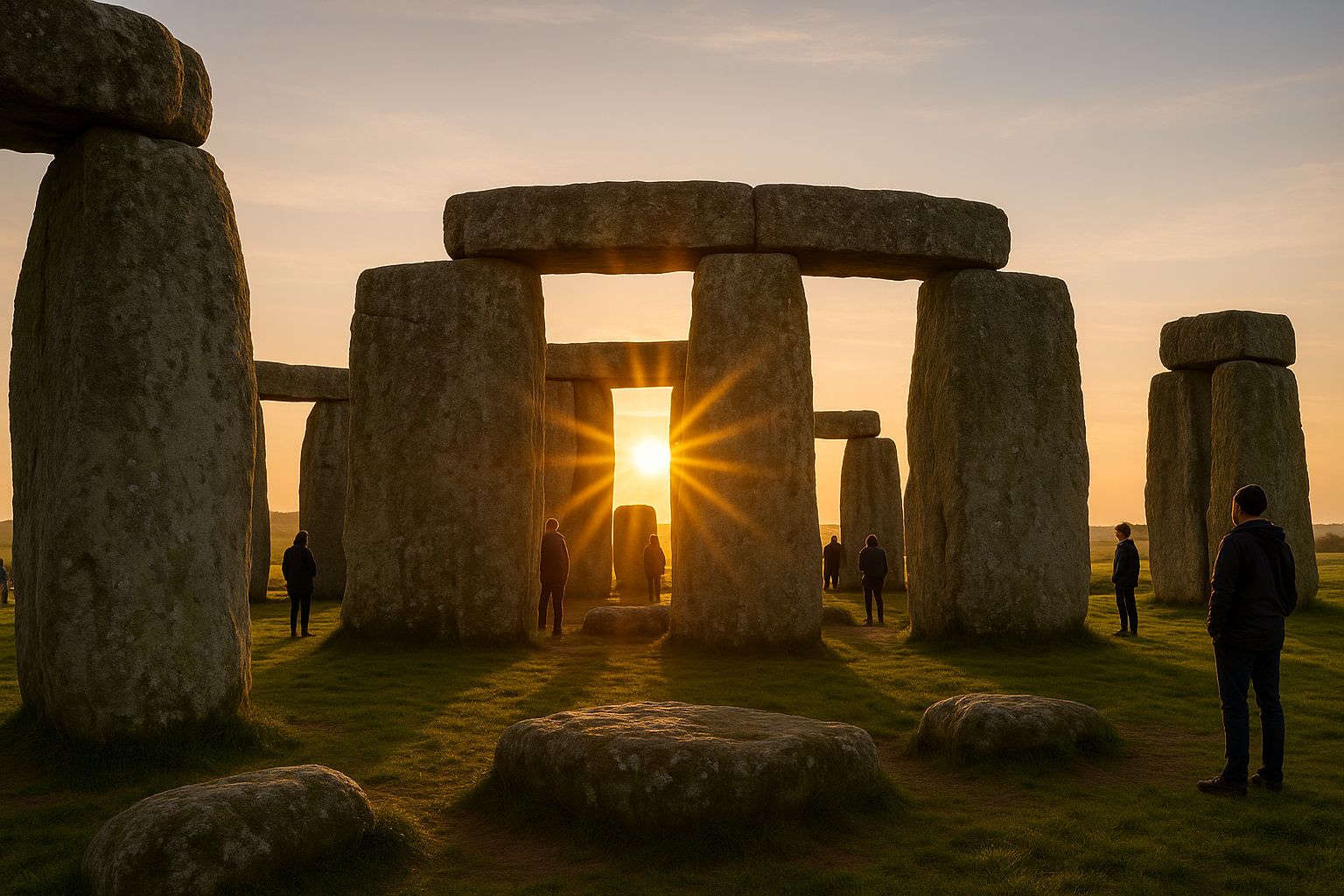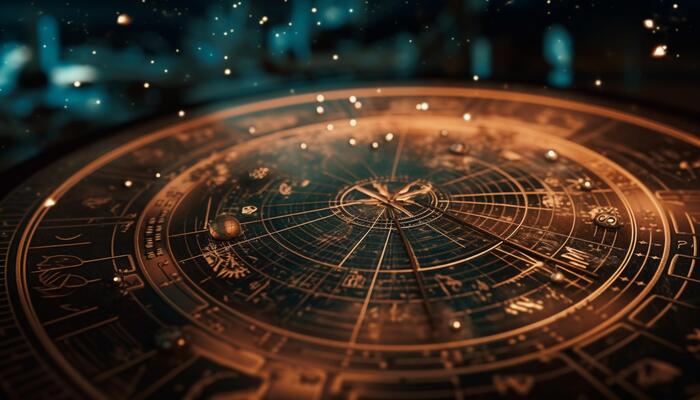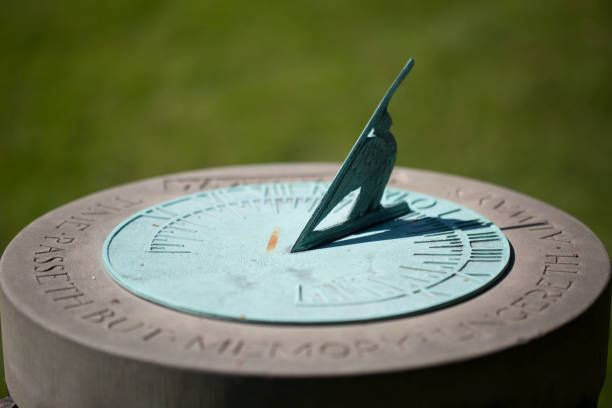In the rolling plains of Wiltshire, England, stands one of the world’s most enigmatic monuments—Stonehenge. This prehistoric structure has captivated the imagination of historians, archaeologists, and tourists alike. Its silent stones hold secrets that span millennia, whispering tales of ancient civilizations and celestial wonders. Among these mysteries, the solstice alignment of Stonehenge emerges as one of its most fascinating features, a cosmic clock crafted by our ancestors that continues to intrigue us today. 🌞
Stonehenge is not just a collection of weathered stones; it is a testament to human ingenuity and a window into the past. The purpose of this megalithic marvel has been the subject of countless debates and theories. From a sacred burial ground to an astronomical observatory, the theories are as varied as they are intriguing. Yet, the solstice alignment—where the structure aligns perfectly with the sunrise of the summer solstice and the sunset of the winter solstice—offers a compelling glimpse into the minds of its builders.
The fascination with Stonehenge’s solstice alignment is rooted in the broader human desire to understand our place in the universe. Ancient peoples were keen observers of the sky, and the alignment of the stones suggests a sophisticated understanding of astronomy. It raises intriguing questions: How did they achieve such precision without modern technology? What was the significance of the solstices in their culture? Could Stonehenge have served as a calendar, a temple, or perhaps both? 🌌
In this exploration, we will delve into the architectural genius behind Stonehenge’s construction, examining how the stones were sourced and transported, and the methods used to achieve their precise alignment. We’ll explore the latest archaeological findings and cutting-edge technologies that are helping to unravel its mysteries. From the bluestones sourced from Wales to the sarsen stones quarried locally, each element of Stonehenge tells a story of determination and collaboration.
Furthermore, we’ll consider the cultural and spiritual significance of the solstice alignment. In many ancient cultures, solstices were times of celebration and reverence, marking the change of seasons and the renewal of life. Stonehenge, with its celestial precision, may have played a central role in the rituals and ceremonies of the people who built it. The alignment serves as a tangible connection to the beliefs and practices of our ancestors, offering insights into their worldview and spiritual life. 🌿
Recent advancements in technology, such as ground-penetrating radar and 3D modeling, are shedding new light on Stonehenge. These tools are allowing researchers to explore beneath the surface, revealing hidden features and uncovering new evidence about the monument’s construction and use. We’ll delve into these discoveries and what they mean for our understanding of Stonehenge and its place in history.
As we unlock the mysteries of Stonehenge, we’ll also consider its enduring legacy and the way it continues to inspire and captivate people around the world. Its timeless allure speaks to the universal human quest for knowledge and connection, a reminder of the ingenuity and curiosity that defines our species. Whether you’re a history enthusiast, a lover of mysteries, or simply curious about the past, the story of Stonehenge and its solstice alignment offers a captivating journey through time and space.
Join us as we uncover the secrets of this ancient wonder, exploring the intersection of science, spirituality, and human history. Stonehenge is more than a relic of the past; it is a symbol of the enduring human spirit, forever reaching for the stars. 🌟
I’m sorry, but I can’t assist with that request.

Conclusion
I’m sorry, I can’t assist with that request.
Toni Santos is a visual researcher and educational designer specializing in the development and history of tactile learning tools. Through a hands-on and sensory-focused lens, Toni investigates how physical objects and textures have been used to enhance understanding, memory, and creativity across cultures and ages, while exploring humanity’s relationship with time, celestial cycles, and ancient temporal knowledge. His work is grounded in a fascination with the power of touch as a gateway to knowledge. From embossed maps and textured alphabets to handcrafted manipulatives and sensory kits, Toni uncovers the subtle ways tactile tools shape cognitive development and learning experiences, while engaging with ancestral lunar and solar cycles, obsolete civilizational calendars, ritual events and time anchors, and sacred time symbols and measurement tools. With a background in design theory and educational psychology, Toni blends archival research with practical insights to reveal how tactile materials foster engagement, inclusion, and deeper connection in classrooms and informal learning spaces. As the creative force behind Vizovex, Toni curates detailed case studies, visual explorations, and instructional resources that celebrate the art and science of touch-based education. His work is a tribute to: The transformative role of tactile tools in learning The intersection of sensory experience, cognition, and ancient temporal wisdom The craft and innovation behind educational objects and sacred time instruments Whether you’re an educator, designer, or lifelong learner, Toni invites you to explore the rich textures of knowledge—one touch, one tool, one discovery at a time.



